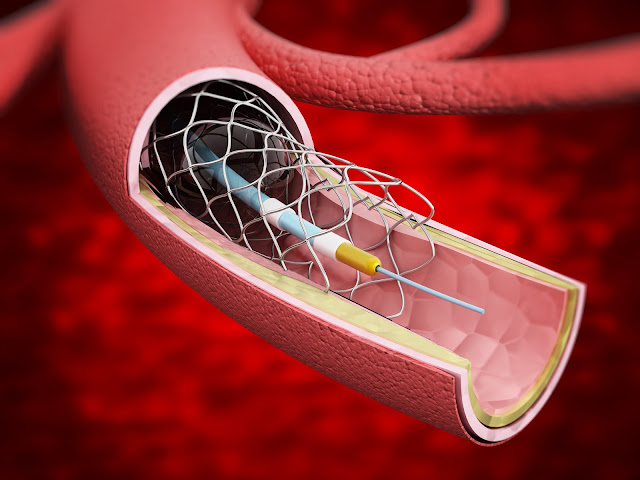Revolutionizing Healthcare: Unleashing the Potential of Stem Cell Therapy


 |
| Peripheral Vascular Devices |
The field of vascular health has
witnessed remarkable advancements over the years, revolutionizing the way we
diagnose and treat various cardiovascular conditions. Among these groundbreaking
innovations, next-generation peripheral vascular devices have emerged as a
transformative force, offering new possibilities for patients and healthcare
providers alike.
Peripheral vascular diseases,
which affect the blood vessels outside the heart and brain, can significantly
impact an individual's quality of life. Traditional treatment options for these
conditions have included medications, lifestyle modifications, and invasive
procedures such as angioplasty or bypass surgery. However, these approaches are
not always suitable for every patient and can involve risks and complications.
Enter next-generation Peripheral
Vascular Devices, which encompass a wide range of cutting-edge
technologies designed to address the unique challenges of vascular diseases.
These devices leverage advanced materials, engineering techniques, and
innovative designs to improve outcomes, minimize invasiveness, and optimize
patient comfort.
One notable example of
next-generation peripheral vascular devices is drug-eluting stents. Unlike
traditional stents that simply prop open narrowed blood vessels, drug-eluting
stents are coated with medication that gradually releases into the surrounding
tissue. This drug helps inhibit the growth of scar tissue and prevents the
vessel from re-narrowing, reducing the need for repeat interventions and
improving long-term outcomes.
Another exciting development is
the advent of bioresorbable scaffolds. These devices, typically made of
biodegradable materials, provide temporary support to the blood vessel,
gradually dissolving over time as the vessel heals. By eliminating the presence
of permanent metallic stents, bioresorbable scaffolds offer potential benefits
such as restoring natural vessel function and reducing the risk of long-term
complications.
Furthermore, advancements in
endovascular technology have led to the development of minimally invasive
devices that can be navigated through the blood vessels to treat a range of
conditions. For instance, atherectomy devices utilize specialized cutting or
ablation techniques to remove plaque buildup from the arterial walls, restoring
blood flow without the need for open surgery. Similarly, thrombectomy devices
can safely and effectively remove blood clots, reducing the risk of
complications associated with blockages.
In addition to these device-based
innovations, the integration of digital health technologies is also
revolutionizing vascular care. Wireless monitoring devices, remote patient
monitoring systems, and data analytics platforms are enabling healthcare
providers to monitor patients' vascular health in real-time, allowing for early
detection of complications and timely interventions. This integration of
technology has the potential to significantly improve patient outcomes and
enhance the overall efficiency of healthcare delivery.
The rise of next-generation Peripheral Vascular Devices represents a significant leap forward in
transforming vascular health. By combining state-of-the-art materials,
engineering expertise, and digital innovations, these devices offer more
effective, less invasive treatment options for patients suffering from
peripheral vascular diseases. As research and development continue to push the
boundaries of medical science, we can expect further breakthroughs in this
field, paving the way for a healthier future for individuals with vascular
conditions.
Comments
Post a Comment